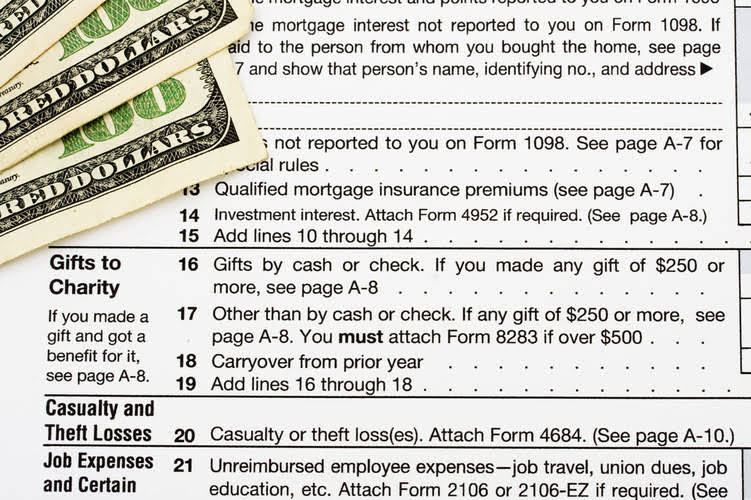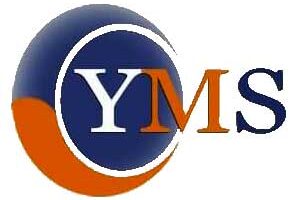
If you would like a depreciation schedule included in the results so you can print it out, move the slider to the « Yes » position. If you would like the name of the asset, or General Asset Account (GAA), included in the title of the depreciation schedule, enter the name in this field. Finance Strategists is a leading financial education organization that connects people with financial professionals, priding itself on providing accurate and reliable financial information to millions of readers each year. The articles and research support materials available on this site are educational and are not intended to be investment or tax advice.

Financial accounting applications of declining balance are often linked to income tax regulations, which allow the taxpayer to compute the annual rate by applying a percentage multiplier to the straight-line rate. However, when it comes to taxable income and the related income tax payments, it is a different story. In the U.S. companies are permitted to use straight-line depreciation on their income statements while using accelerated depreciation on their income tax returns. You can find more information on depreciation for income tax reporting at The double-declining-balance (DDB) method, which is also referred to as the 200%-declining-balance method, is one of the accelerated methods of depreciation. DDB is an accelerated method because more depreciation expense is reported in the early years of an asset’s life and less depreciation expense in the later years.
How can Taxfyle help?
And the book value at the end of the second year would be $3,600 ($6,000 – $2,400). This cycle continues until the book value reaches its estimated salvage value or zero, at which point no further depreciation is recorded. Sign up to receive more well-researched small business articles and topics in your inbox, personalized for you. For the past 52 years, Harold Averkamp (CPA, MBA) has worked as an accounting supervisor, manager, consultant, university instructor, and innovator in teaching accounting online. Insights on business strategy and culture, right to your inbox.Part of the business.com network.
For information pertaining to the registration status of 11 Financial, please contact the state securities regulators for those states in which 11 Financial maintains a registration filing. 11 Financial is a registered investment adviser located in Lufkin, Texas. 11 Financial may only transact business in those states in which it is registered, or qualifies for an exemption or exclusion from registration requirements. 11 Financial’s website is limited to the dissemination of general information pertaining to its advisory services, together with access to additional investment-related information, publications, and links.
It’s possible! Subscribe below & we’ll send you our Bookkeeping Packet. A pack of resources to teach you about bookkeeping.
Enter the straight line depreciation rate in the double declining depreciation formula, along with the book value for this year. If the selected year is either the first or final year, the depreciation expense will be prorated based on what month of the year the asset was placed in service. 150% declining balance depreciation is calculated in the same manner as is double-declining-balance depreciation, except that the rate is 150% of the straight-line rate. Under the declining balance methods, the asset’s salvage value is used as the minimum book value; the total lifetime depreciation is thus the same as under the other methods.
- While double declining balance has its money-up-front appeal, that means your tax bill goes up in the future.
- When accountants use double declining appreciation, they track the accumulated depreciation—the total amount they’ve already appreciated—in their books, right beneath where the value of the asset is listed.
- This is because, unlike the straight-line method, the depreciation expense under the double-declining method is not charged evenly over the asset’s useful life.
- This team of experts helps Finance Strategists maintain the highest level of accuracy and professionalism possible.
- Thus, an increase in the cost of repairs of each subsequent year is compensated by a decrease in the amount of depreciation for each subsequent year.
The book value of $64,000 multiplied by 20% is $12,800 of depreciation expense for Year 3. At the beginning of the first year, the fixture’s book value is $100,000 since the fixtures have not yet had any depreciation. Therefore, under the double declining balance method the $100,000 of book value will be multiplied by 20% and will result in $20,000 of depreciation for Year 1. The journal entry will be a debit of $20,000 to Depreciation Expense and a credit of $20,000 to Accumulated Depreciation. An exception to this rule is when an asset is disposed before its final year of its useful life, i.e. in one of its middle years. In that case, we will charge depreciation only for the time the asset was still in use (partial year).
Why & When To Use the Double Declining Balance Method
If you expect the asset to be worthless at the end of its recovery period, enter a zero. Note that the double declining balance method ignores the salvage value for as long the book value remains higher than the salvage value. In the above example, we assumed a depreciation rate equal to twice the straight-line rate. However, many firms use a rate equal to 1.5 times the straight-line rate.

Under the double declining balance method the 10% straight line rate is doubled to 20%. However, the 20% is multiplied times the fixture’s book value at the beginning of the year instead of the fixture’s original cost. This method falls under the category of accelerated depreciation methods, which means that it front-loads the depreciation expenses, allowing for a larger deduction in the earlier years of an asset’s life.

